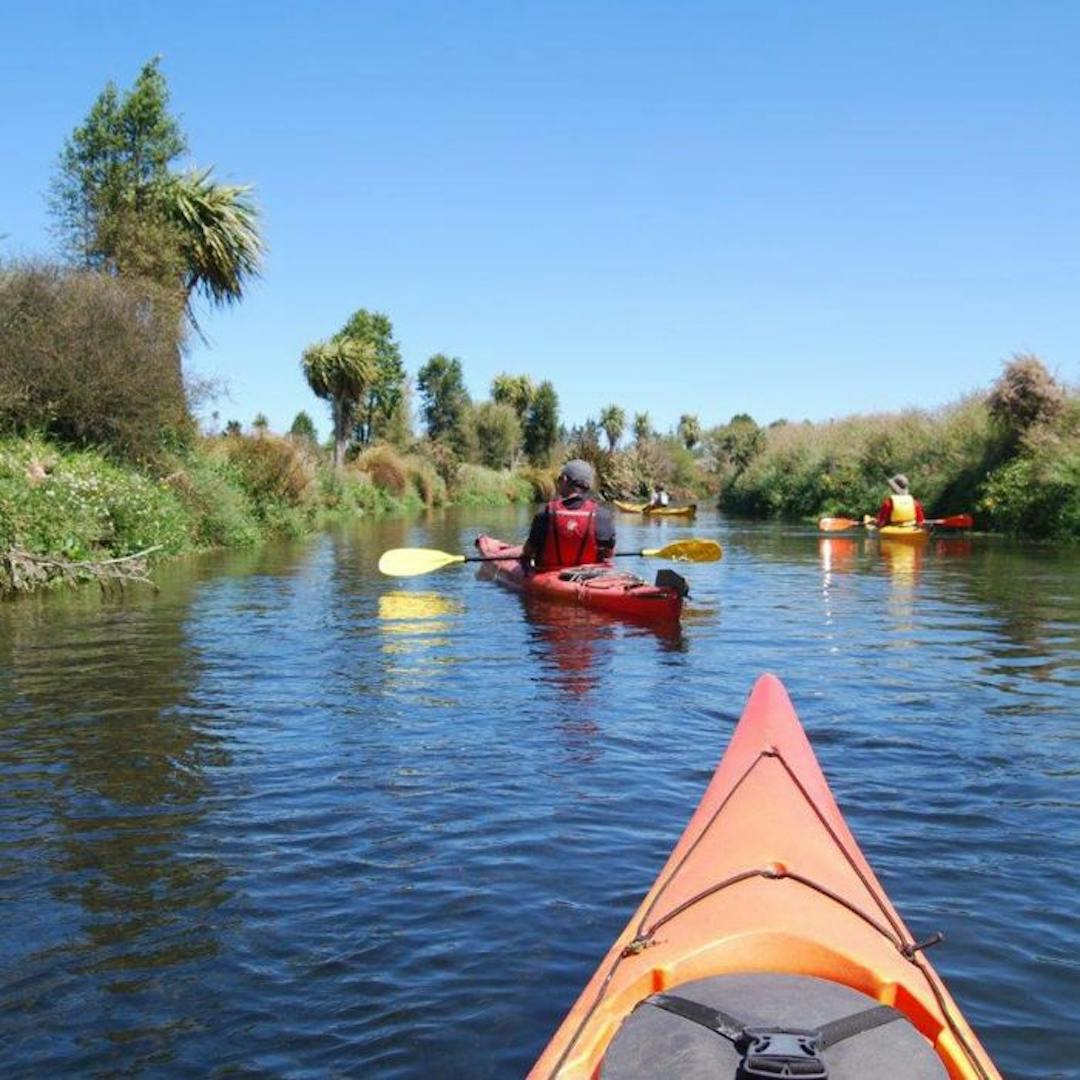Share Historical and ecological significance of Tārerekautuku Yarrs Lagoon Reserve on Facebook
Share Historical and ecological significance of Tārerekautuku Yarrs Lagoon Reserve on Linkedin
Email Historical and ecological significance of Tārerekautuku Yarrs Lagoon Reserve link
Tārerekautuku Yarrs Lagoon is a key mahinga kai (food
gathering) site of Ngāi Tahu, and in particular the local hapu of Ngāi Te
Ruahikihiki based at Taumutu.
Tārerekautuku, sometimes referred to as ‘Springston South’,
was one of two key wetland sites (or lagoons) within the Ararira or LII
catchment, with the other being Makonui or Clay Bar Lagoon which was located
further towards Lincoln, and also known as ‘Springston North’. Both of these
sites were significant for the mahinga kai species (places where food and
natural resources can be found) they provided and linked to a wider network of
food gathering and settlement sites stretching from Taumutu and into
Ōtautahi/Christchurch.
The mahinga kai species recorded from Tārerekautuku:
•Tuna (eel), koareare (edible rhizome of raupo/bulrush)
•Koukoupara (Galaxias species)
•Mawehe and other birds: parera (grey duck), putaki
(paradise duck), pakura (swamp hen/pukeko),whio (blue duck), kaaha (shag) and
aruhe (bracken fernroot).
Ecological and
environmental significance
The wetland remains a habitat for a range of indigenous
species despite canopy vegetation cover dominated by exotic grey and crack
willow. The Lagoon has populations of locally rare manuka and baumea, and
nationally threatened swamp nettle.
Yarrs Lagoon is also special considering its direct links to
river and coastal lagoon ecosystems and it remains one of the largest
freshwater wetland habitats in the Te Waihora catchment. It has high
significance as a relatively substantial area on the low plains that retains
wetland hydrology and ecological function, as well as for its role in the
hydrological functioning of the catchment.
The fact it has survived in a highly
modified low plains environment and contains a variety of rare indigenous
species makes it significant within the district, as well as across the
Canterbury region.


